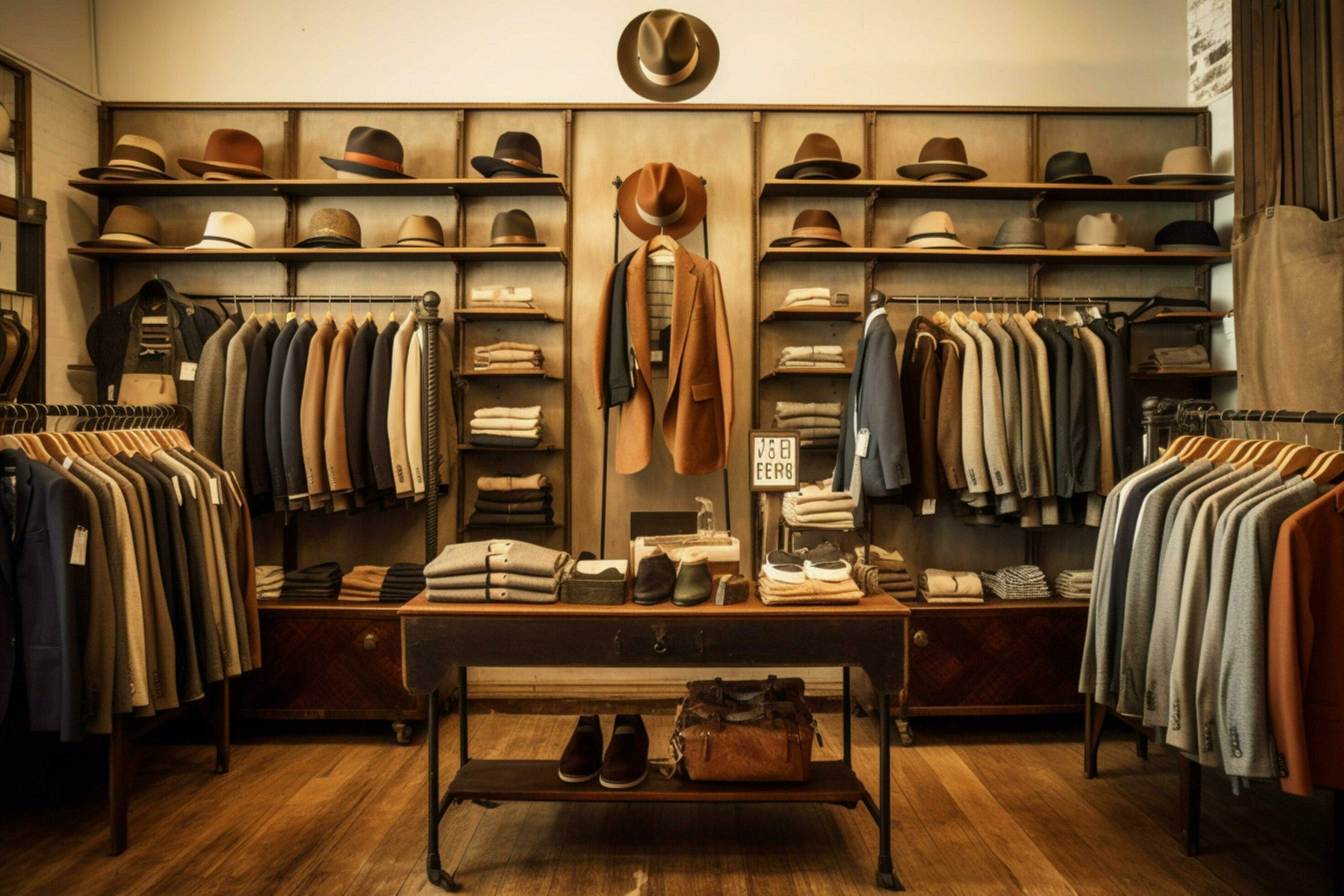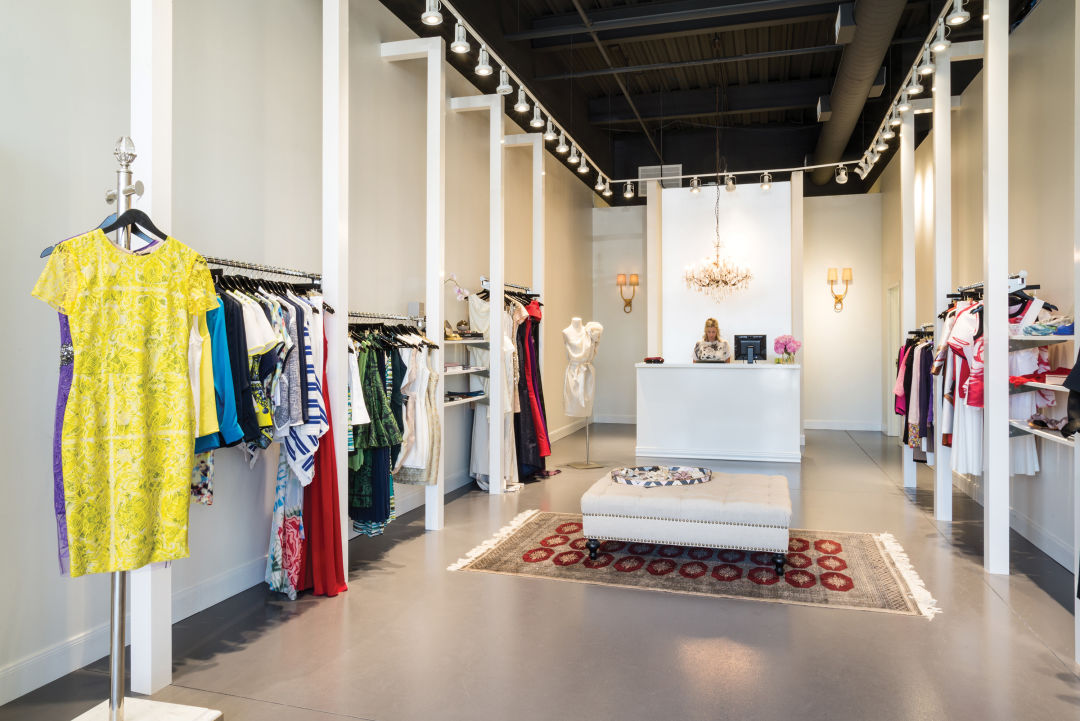The Effect of Social Media on Today's Boutique Fashion Trends
The Effect of Social Media on Today's Boutique Fashion Trends
Blog Article
Checking Out the Advancement and Impact of Garments on Modern Style Trends
The evolution of garments has actually considerably affected modern fashion patterns, combining historic precedents with advanced technologies. Iconic numbers like Coco Chanel and Yves Saint Laurent reinvented the fashion business by introducing ideas that prioritize convenience and access, which proceed to resonate today. Meanwhile, technological strides in areas such as 3D printing and wise textiles are redefining style opportunities and customer experiences. Furthermore, the expanding focus on inclusivity and sustainability is improving market criteria. As we consider these multifaceted influences, one should doubt exactly how these aspects collectively redefine fashion's role in mirroring and forming contemporary society.
Historic Style Influencers
In the tapestry of fashion history, specific figures have actually left an indelible mark, forming the trends and styles that specify whole ages. Coco Chanel, a cutting edge developer, redefined ladies's style by presenting comfortable, classy apparel that departed from limiting bodices.
Elsa Schiaparelli is another critical figure, renowned for her avant-garde styles that included surrealist art, collaborating with Salvador Dalí to produce wayward pieces that tested traditional aesthetics. Her innovative use of shade and strong patterns resounds in modern fashion. Yves Saint Laurent, on the other hand, democratized haute couture with prêt-à-porter collections, bringing path styles to the masses and setting a criterion for modern-day ready-to-wear lines.
These enthusiasts, to name a few, not only revolutionized style in their times however also set sustaining trends that resonate in today's fashion business, offering a foundation whereupon modern developers remain to construct and introduce. Their heritages underscore the importance of creativity and bold in vogue's ever-evolving story.
Technical Improvements in vogue
Amidst the dynamic landscape of the fashion business, technical advancements stand at the leading edge of technology, improving exactly how developers develop and customers engage with fashion. The integration of 3D printing has actually reinvented style procedures, allowing developers to explore intricate structures and lasting products that were previously unthinkable. This innovation promotes fast prototyping, decreasing waste and accelerating manufacturing times.

Smart textiles, installing innovation into fabrics, are additionally transforming the sector. Advancements like temperature-regulating and self-cleaning fabrics offer boosted functionality and comfort. Wearable modern technology, integrating features like fitness tracking and interaction, includes a new measurement to fashion, merging aesthetics with practicality.
Cultural Changes and Design
As technical innovations continue to improve the fashion sector, social changes are similarly prominent, redefining design and customer preferences. In the last few years, the surge of social networks systems has actually accelerated the dissemination of global style trends, allowing diverse social impacts to assemble and exist side-by-side. This digital interconnectivity has actually facilitated the fast exchange of ideas, causing an extra inclusive and eclectic interpretation of design that shows the multifaceted nature of contemporary society.
Cultural awareness and appreciation have actually triggered developers to attract inspiration from a wider spectrum of ethnic and historical contexts, integrating standard concepts with modern looks. This combination has actually led to fashion that resonates with a broader audience, promoting a feeling of check here identification and belonging across various demographics. In addition, the raising need for personalization has driven brands to supply customizable options, making it possible for customers to share originality while mirroring their social heritage.
In addition, changing social worths have affected style, with inclusivity and variety ending up being central themes. The industry has begun to accept versions and influencers of numerous physique, ethnicities, and sex identities, challenging standard appeal requirements. This improvement emphasizes the power of social shifts in shaping the future of style, as style becomes a much more genuine expression of collective and individual identification.
Sustainability and Modern Design
While the garment industry proceeds to progress, the vital for sustainability has come to be progressively immediate, influencing contemporary layout practices. This shift intends to deal with ecological worries and moral factors to consider, causing a reevaluation of traditional production techniques. Designers are currently incorporating lasting materials, such as natural cotton, recycled polyester, and naturally degradable materials, right into their collections, reducing the ecological footprint of fashion. The increase of sluggish style, which stresses top quality over amount, urges consumers to buy classic items as opposed to transient trends.
Moreover, modern design is identified by its technology in lessening waste and advertising circularity. This technique not just minimizes environmental impact yet also improves the social duty of style residences.

Future Trends in Fashion

Sustainability will certainly continue to be a driving force in shaping future style trends. The industry is increasingly embracing environment-friendly products and ethical manufacturing methods, reacting to a growing consumer need for liable techniques. Developments such as bio-fabricated materials and closed-loop recycling systems are readied to redefine just how apparel is created and taken in, decreasing ecological influence while preserving design and top quality.
Cultural changes, including the surge of inclusivity and variety, will additionally play a crucial duty. As society becomes more conscious of social concerns, fashion is anticipated to come to be a platform for expression and modification. Developers will likely concentrate on developing collections that reflect a broader series of identities and experiences, promoting representation and access.
Conclusion
The advancement of clothes significantly affects contemporary style fads, where historical influences combine with modern styles. Trick figures like Coco Chanel and Yves Saint Laurent have redefined design, while technological technologies such as 3D printing and smart fabrics expand imaginative possibilities. Cultural shifts in the direction of inclusivity and sustainability urge brands to welcome and take on moral methods diversity. important site This ongoing development underscores fashion's function as a mirror to societal values and technical advancement, recommending a future abundant with technology and inclusivity.
The evolution of clothing has significantly affected contemporary style patterns, merging historic precedents with cutting-edge developments.Among the dynamic landscape of the fashion market, technological improvements stand at the forefront of advancement, improving exactly how designers develop and consumers involve with fashion.While the style industry continues to progress, the critical for sustainability has become progressively immediate, influencing modern style practices. As sustainability becomes embedded in modern design, it paves the way for a more accountable and conscious style industry.
The advancement of apparel dramatically impacts modern style patterns, where historic impacts merge with contemporary styles.
Report this page